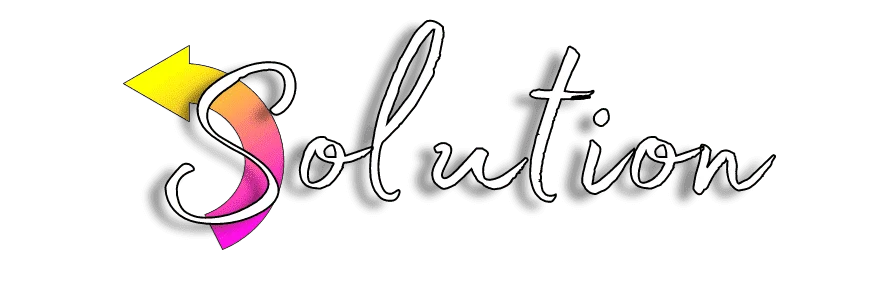
Accurate financial management is critical for every business, and even little accounting errors can have serious consequences. One typical issue that businesses encounter is bad debts, which are unpaid bills that become uncollectible over time. You must write off a customer’s unpaid debt to maintain accurate financial records and adhere to accounting standards. Writing off bad debt in QuickBooks helps to avoid overstatement of profits and ensures that your accounts represent actual revenue produced.
Fortunately, QuickBooks Desktop offers a simple way to write off bad debts, allowing businesses to keep clean financial records. By following the proper procedures, you can remove outstanding bills from your books and amend your accounts accordingly. This guide provides precise step-by-step instructions for writing off bad debts in QuickBooks Desktop, assuring accuracy and avoiding accounting errors.
It’s important to note that the process for writing off bad debts differs between QuickBooks Desktop and QuickBooks Online. Below, we have outlined the specific steps for QuickBooks Desktop to help you complete the process smoothly. Follow these instructions carefully to keep your financial statements accurate and error-free.
Why Do We Need to Write Off Bad Debts in QuickBooks?
Bad debts are reported when the money expected to be paid from a customer is not recovered. Businesses that use QuickBooks can classify bad debts as invoices that become uncollectible over time. Writing down these bad debts allows the company to easily report the actual profit and average net turnaround. To properly understand the criteria, read through the following pointers:
1. Accurate Financial Reporting
Uncollectible invoices drive up your revenue and accounts receivable balance. Writing off bad debts guarantees that your financial accounts accurately reflect your company’s financial health.
2. Tax Compliance
The IRS permits businesses to deduct bad debts from taxable income, lowering tax liability. Properly tracking bad debts in QuickBooks helps assure tax compliance.
3. Improved Cash Flow Management
By reducing bad debts, you gain a clearer picture of your actual expected cash flow, allowing you to make more informed financial decisions.
4. Clean Customer Records
Writing off bad debts keeps your client accounts up to date and prevents inflated outstanding balances, which can be confusing.
5. Improved Decision Making
Accurate records enable you to discover trends of nonpayment and make strategic decisions, such as changing credit standards or avoiding high-risk consumers in the future.
Important Things to Note Before Writing Off Bad Debts in QB Desktop
Before you begin the process of writing off bad debts in QuickBooks, here are a few things you should know. Keep these guidelines in your mind.
- Confirm that the debt is truly uncollectible: Before writing off an invoice, make sure that all attempts to collect the money have been exhausted. This involves sending reminders, contacting the customer, and considering legal action if required.
- Check tax implications: Writing off bad debt may affect your taxes. If you have previously reported your income, you may be eligible for a tax deduction. Consult an accountant to verify you are in compliance with tax requirements.
- Create a bad debt expense account: QuickBooks requires a separate bad debt expense account to track written-off amounts. If you haven’t already, create one in your Chart of Accounts before proceeding.
- Ensure proper documentation: Keep a record of all communications, bills, and collection attempts. Proper documentation is vital in the situation of an audit or tax filing requirements.
- Reconcile accounts after writing off: After you’ve written off bad debt, reconcile your accounts to make sure your financial statements appropriately reflect the change. This prevents discrepancies and ensures that your books are accurate.
How Do I Find Bad Debts in QuickBooks Desktop?
To write off bad debts in QB desktop, the first procedure you have to learn is finding bad debts in QuickBooks. Here are the instructions for the process:
- Move your pointer to the top menu bar and select Reports.
- Now, select the Customer and Receivables tab.
- Select the Transaction List by Customer option.
- Choose the Customize tab and navigate to Columns and Account Type.
- Then select the Display and Filters tab.
- Finally, click the OK tab to view the most recent and aging customer balances.
Steps for Writing Off Bad Debts in QB Desktop
To write off bad debts in QB Desktop, you must create a new account. You must create an expenditure account to monitor all business-related bad debts. It is a two-step process; please take a look and follow the instructions below:
Step 1: Open a Bad Debts Expense Account
The first step is to create a QuickBooks account for tracking bad debts; here is the procedure:
- Begin the process by going to the Lists menu.
- Now look for the Chart of Accounts option and click it.
- Move your cursor to the Account menu and choose the New option.
- Choose the Expense tab and click the Continue button.
- In the search bar, type the account name you want to save it under, such as Bad Debt.
- To complete the operation, click on the Save and Close tab.
Step 2: Clear the Unpaid Invoices
Following the previous steps, it is time to settle these unpaid debts; Do understand the process below and follow it:
- First, take your cursor to the Customer Menu section and click on it.
- Search for the Receive Payments option and then proceed to the search column.
- In the Received form section, write down the customer’s name.
- Then, select Payment Amount and enter $0.00.
- Select the Discount and Credits option.
- Next, enter the amount you need to write off in the Amount of Discount section.
- Select the account you created in step 1 under Discount Account and click the Done button.
- At last, click on the Save tab to save the changes and select the Close option.
End note!
To conclude, writing off bad debt in QuickBooks Desktop is critical for maintaining correct financial records and complying with accounting rules. By following the proper procedures, you may keep your books clean and avoid overstating your receivables. However, avoid writing off debts prematurely; instead, be sure that all collection efforts have been exhausted first. Always document the procedure thoroughly for tax and audit purposes. Additionally, avoid deleting invoices because this can distort financial records. Instead, use the “Bad Debt” expenditure category to precisely track losses. By adhering to these best practices, you can effectively handle bad debts while maintaining your financial records.


